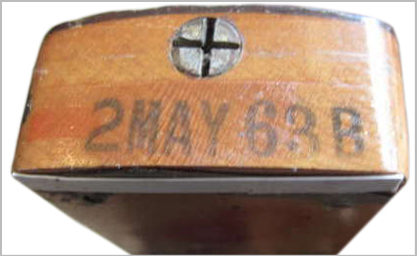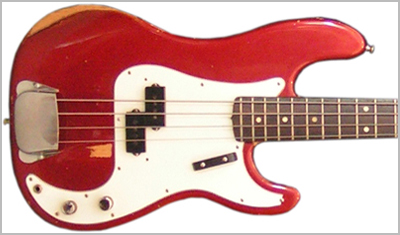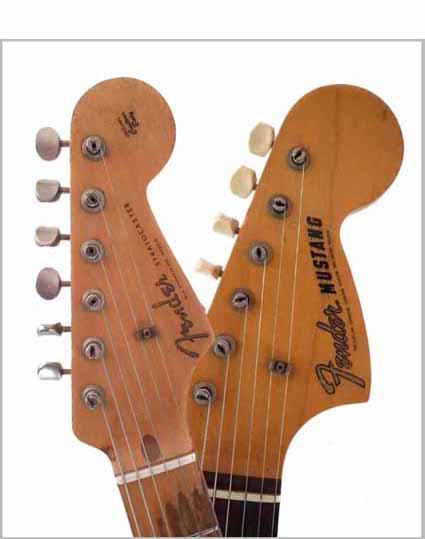Assessing the value of an instrument.
The value of a Fender musical instrument is assessed in several ways.
Age
Pre CBS instruments are the most prized among musicians and collectors and consequently the values are the greatest. Once the CBS take over happens the values reduce. The further away from 1965 you go the more significantly value decreases, this is linked to the drop in quality and more mass production that occurred in the later years of CBS ownership of the brand. This does not mean that CBS period instruments are not sought after, in fact the rarity and high value of pre CBS Fenders in today’s market has led collectors to concentrate more on the post 1965 pieces.
Dating Fender instruments is not as straight forward as it may initially seem. All pieces leaving the factory were assigned a serial number which can be referenced to find an exact year however this cannot be relied upon. The necks and bodies of an instrument will have dates stamped or written in pencil on them. In the earlier years, Fender instruments were assembled with little attempt to insure sequential numbering of parts, therefore it is common to find variations in date among those found on an instrument.
Originality
Musicians are notorious for altering, adapting and tinkering with their instruments to enhance playability and sound. Unfortunately, no matter how good it sounds, a replaced pickup or other part will effect value. The most valuable instruments are those in the same state as they left the factory. Another factor is finish. Often instruments are refinished during their working life either for looks alone, (many Strats turned red when Hank Marvin was first seen toting his red Stratocaster when backing Cliff Richard) or to cover up a worn finish. A battered original finish is worth far more than a guitar that has been refinished no matter how sympathetic the restoration work has been.
Colour
In the pre CBS days of Fender, most models were produced in one colour only, if you wanted any different shade it had to be custom ordered. In today’s market a custom colour can add significant value to an instrument. Custom colours are one of the hardest parts of Fender guitar valuation as so often pieces are repainted or refinished during their working life and nowadays can look very convincing.
Model
There is a hierarchy within the products of the Fender factory which has an influence in value. The most valuable instruments tend to be Stratocasters and Telecasters, the Jazzmaster and Jaguar guitars follow next, eventually at the bottom lie the student guitars, such as the Musicmaster and Duo-sonic which can represent relatively reasonable prices for the collector when compared to a Strat or Tele of the same era.
Accessories
Accessories can add to the desirability of an instrument. The original case is important but also the accessories that were supplied with the instrument including the strap, wire, bridge cover etc. Early Fender guitars and bases were shipped with removable bridge covers known today as ‘ashtray covers’. These useless items were removed immediately by the musician as they interfered with playing and used instead as ashtrays hence the nickname. Today bridge covers are very rare and contribute to the saleability if still present. Hang tags which would have been tied to the instrument when on sale in the shop are sometimes found inside the case. Again these items along with all the other accessories mentioned above (nicknamed ‘case candy’ by collectors) all contribute to the saleability of a Fender musical instrument.

.jpg)
.jpg?v=636426272891270000)
.jpg?v=636427956773730000)



.jpg?v=636428103156830000)